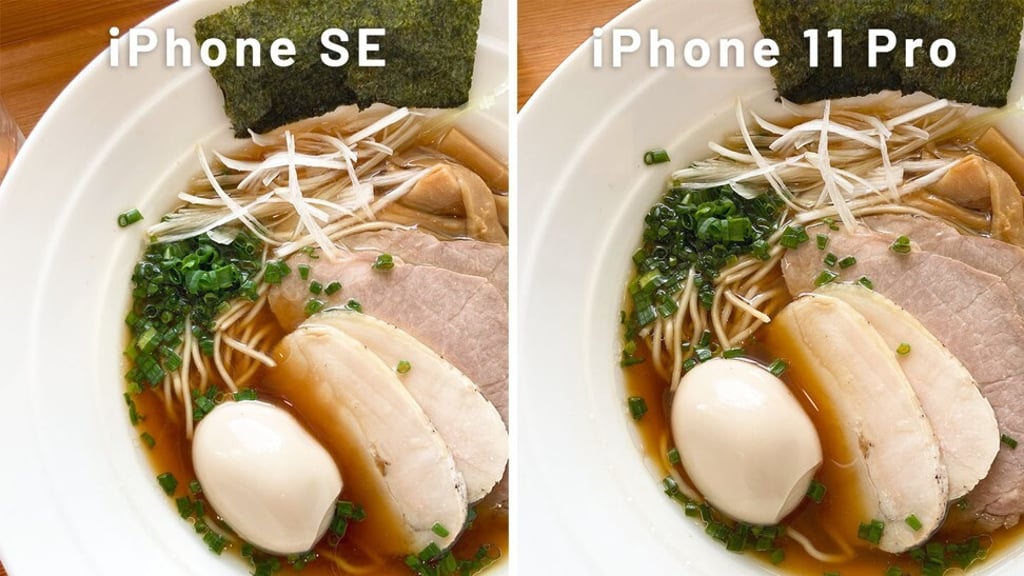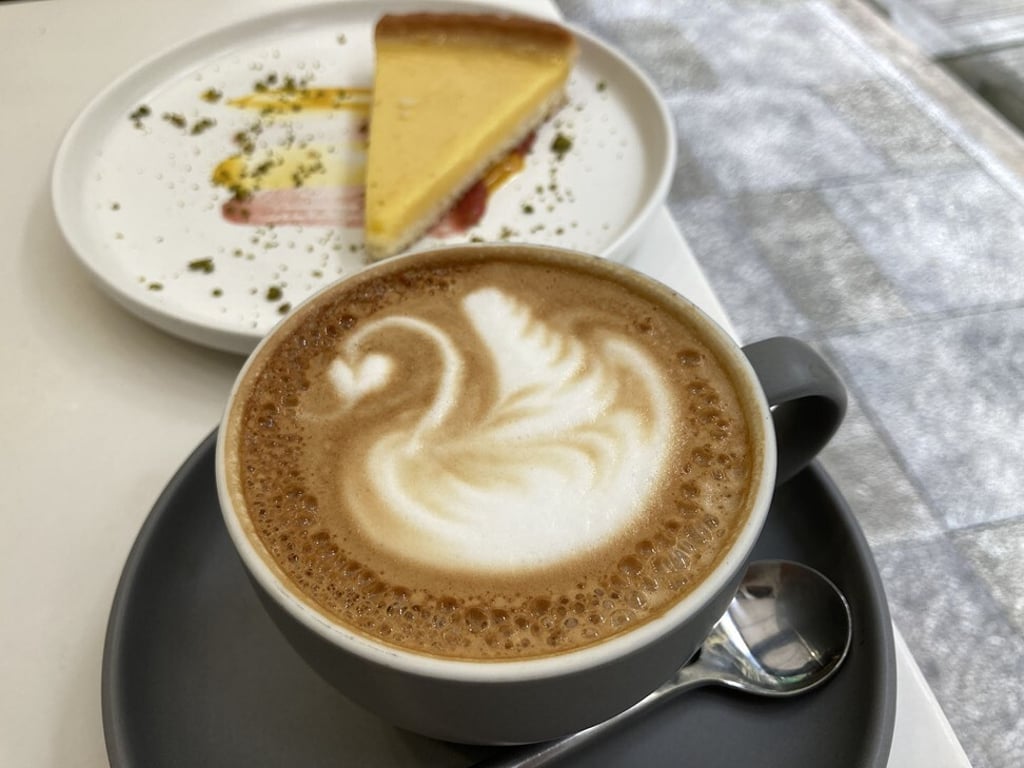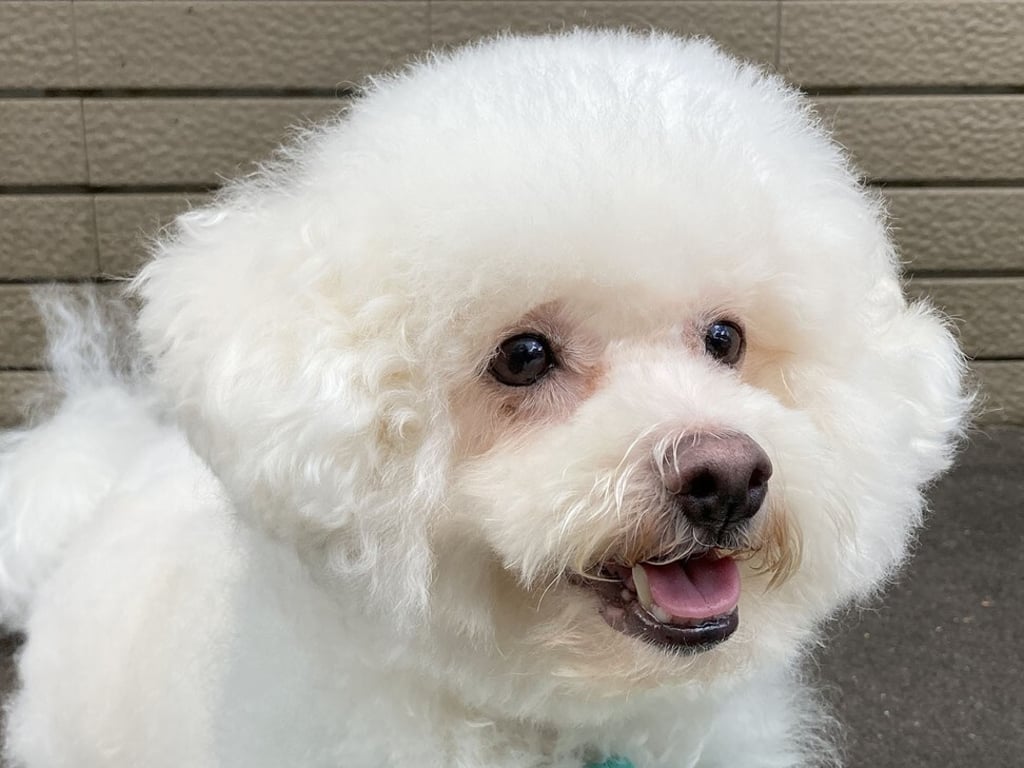Advertisement
iPhone SE, iPhone 11 or iPhone 11 Pro: which camera is right for you?
- The cameras are the main difference between the iPhone SE, iPhone 11 and iPhone 11 Pro
- The iPhone SE has a smaller sensor and only one lens, but few people will notice the difference in photo quality
Reading Time:4 minutes
Why you can trust SCMP
0

For the last three months, I’ve been using three of Apple’s latest iPhones: iPhone SE, iPhone 11 and iPhone 11 Pro. The phones are remarkable for their similarities, making the iPhone SE a great value.
But the most conspicuous difference between each of these handsets are the camera options. What you want to accomplish with a smartphone camera could be the deciding factor for which iPhone you’ll want to pick up. So this guide will go through what you can do with each phone and the camera performance you can expect.
iPhone SE

The iPhone SE is the most affordable iPhone you can buy, which means it has a major trade-off: A single rear camera. Fortunately, it’s actually a good smartphone camera. It’s a standard 1x wide-angle camera that shoots photos and cinematic video just as well as the one you’ll find on the iPhone 11 and iPhone 11 Pro.

The iPhone SE camera is suitable for most situations, so many people might not feel like they’re missing much when compared to its more expensive siblings … assuming you’re shooting in well-lit settings. Otherwise, the iPhone SE produces high-quality photos for your typical daily snapshots. And if you’re a typical smartphone user, that’s probably the only thing you really care about.



Advertisement